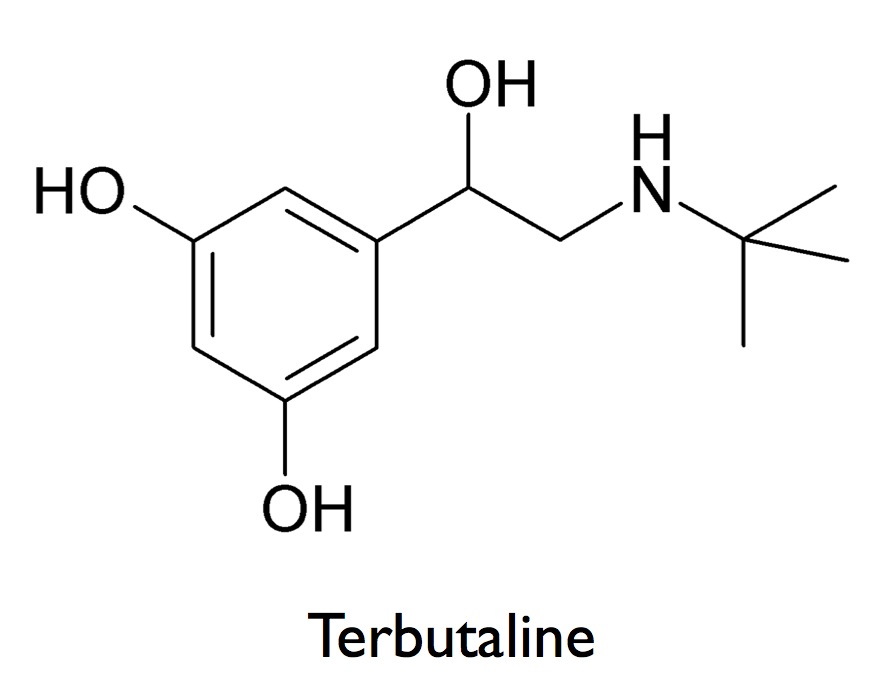If you've ever had a severe asthma attack or gone into premature labor, there is a good chance you were given the drug terbutaline. Terbutaline can relax your involuntary smooth muscle when it's causing problems: in constricted airways during an asthma attack, or in the uterus during contractions. But if you've taken terbutaline, you've probably also noticed another effect: it can induce a pounding, racing heartbeat. How can one drug produce such opposite effects - relaxing smooth muscle in some parts of your body, while making your cardiac muscle work harder?
The answer is that terbutaline switches on a common information-processing module, called a signaling pathway, which gets used over and over in different cells to perform very different jobs. This information-processing module can be plugged into different cell types, where it will transmit signals from the environment outside the cell to the inside where the information is processed and acted upon. Because our cells use a common set of information-processing modules to carry out so many different jobs, it's easy for drugs that act on these modules to produce a wide range of side-effects.

Go read the rest at my column.
(Just to repeat my earlier note to long-time readers: for now own, my stuff aimed at a lay audience goes up on Scientific Blogging, more technical or personal stuff stays here on Blogger.)




2 comments:
another point about cyclic amp (and maybe other messengers) is not just that the targets exist in different contexts, but there is some evidence that the cAMP signal isnt homogeneous throughout the cell. For example, an agonist might activate PKA in one place in the cell, but not in another place. This is thought to be controlled by spatially constricted cyclases, phosphodiesterases and PKA anchors. Just another level of (adaptive?) complexity
Yeah, spatial regulation of receptors at the membrane, and of small, diffusible molecules throughout the cell is pretty amazing.
A general rule of biology seems to be, if it can be regulated, it probably is regulated.
Post a Comment